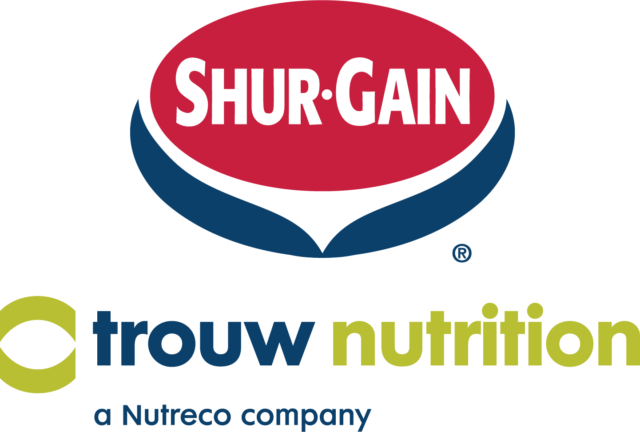All year long, I gather ideas for new crusts, fillings, decorations or even whole recipes to try. While I enjoy a traditional fruit pie as much as anyone, it usually takes a new twist or something unexpected to grab the judges’ attention and secure a place at the top of the competition. I find this need to experiment to be part of the fun.
Some years, I don’t have a chance to try the recipe before the competition. I will make it for the first time the day before and take it right to the contest in the morning. In this instance, I have no idea how it’s going to go, but cross my fingers for a good outcome. Other times, when I can make the recipe a few times in advance and adjust as needed, I am much more confident in the entry I put forth.
The same can be said for farming. Some days you just have to go with what you have and hope for the best. Other times, you can plan, trial and be more confident in the outcome. Depending on how much is at stake, the added effort can be well worth the time it took.
In this issue, we look at a few different ways to try something new in your dairy operation.
First, the Beyer family describes their learn-as-you-go approach to starting a cheese plant in southern Alberta read Self-taught cheesemakers venture into retail market. Fifteen years later, they’ve seen growth in their brand and continue to branch out and try new things to diversify the business. These things have served them particularly well during the turmoil of recent months.
Following two years of forage losses from alfalfa winterkill, a dairy producer from the northern Great Lakes region decided to experiment with a cocktail of BMR sorghum-sudan, three different types of clovers and ryegrass. This has resulted in changes in his cropping rotation and ration for the cows. The article, Cocktails for the win: Creative ways to stretch your dairy forages, explains how this mix has led to improvements in the farm’s nutrient management plan and the amount of purchased feeds.
Implementing automation is another thing to try on the farm. While you can probably talk to a neighbour about their experience, how do you know if it will be worth it for you before you open your pocketbook? In the article, Simulate technology to test drive automation, James Bringe with GEA has several suggestions for how you can simulate these technologies before buying them, whether it is for calf feeding, feedbunk management, herd management or parlour management. Each simulation requires added labour in the short testing phase, but it will likely leave you with more confidence as you make this big decision for your farm.
Whether picking the perfect pie for a summer potluck, expanding into dairy processing, changing cropping strategies or purchasing new technology, it doesn’t hurt to do some research and maybe even do a few test runs before committing all the way. ![]()

-
Karen Lee
- Editor
- Progressive Dairy
- Email Karen Lee









